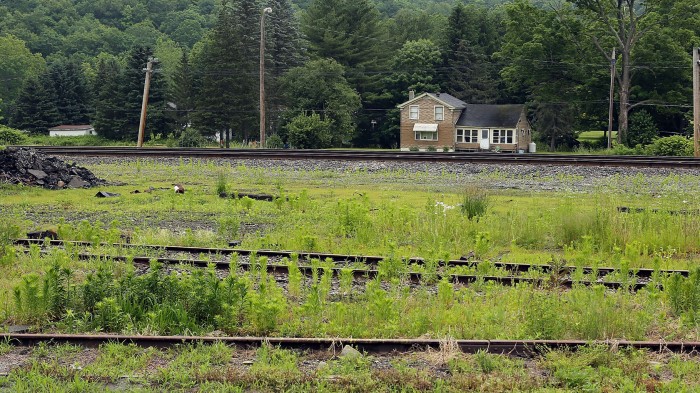Could New York’s Plan to Erase Its Digital Divide Work for America?

The U.S. has a long-standing problem with Internet access: the wealthy and urban get more of it, while people who are less well-off or live in rural areas often go without. But a plan in New York state might offer a way toward connecting millions of Americans to a service that’s become nearly as important as electricity.
The state is moving aggressively under Governor Andrew Cuomo’s “Broadband for All” initiative to connect all its residents by 2018. That’s no easy task: outside New York City and a few urban areas, the rest of state is replete with small towns and rural counties.
As the New York Times reports, though, Internet access is coming to those communities in a hurry. The state’s plan auctions off grants to Internet companies to provide broadband access in underserved areas, with the award going to the lowest bidder for a given area. And while big ISPs have won some of the grants, small local companies are also getting in on the action. Local businesses from dairy farms to hotels have seen a big boost thanks to the new connectivity.
New York’s efforts highlight the need for similar action on a national scale. Across the country, 12.6 million American households don’t have access to broadband (the Federal Communications Commission defines “broadband” as a download speed of 25 megabits per second and an upload speed of three megabits per second). The problem is particularly bad in rural areas, where 39 percent of households lack access.
But federal action is unlikely to be forthcoming. Before becoming president, Donald Trump expressed keen interest in infrastructure spending, but his statements were focused on airports and highways, and his campaign never laid out a plan to expand broadband access. The FCC’s meager Lifeline program, which subsidizes Internet access for low-income Americans, now also appears to be on the chopping block. Locally owned broadband coöperatives have been stepping in to try to build out high-speed Internet infrastructure, but they are at best a partial solution.
Perhaps the bigger problem than expanding infrastructure, though, is the regular cost of an Internet plan. Internet access in America is much more expensive than it is in many other countries, and people with lower incomes are far less likely to be connected. Even New York’s initiative, which mandates that a 100-megabit-per-second connection be made available for $60 a month, is likely to mean that high-speed access remains functionally out of reach for many people. So while the blueprints for a more connected country may be laid before us, there remains a long way to go before the digital divide is closed.
(Read more: New York Times, “The Unacceptable Persistence of the Digital Divide,” “Locally Owned Internet Is an Antidote for the Digital Divide”)
Keep Reading
Most Popular
Large language models can do jaw-dropping things. But nobody knows exactly why.
And that's a problem. Figuring it out is one of the biggest scientific puzzles of our time and a crucial step towards controlling more powerful future models.
The problem with plug-in hybrids? Their drivers.
Plug-in hybrids are often sold as a transition to EVs, but new data from Europe shows we’re still underestimating the emissions they produce.
Google DeepMind’s new generative model makes Super Mario–like games from scratch
Genie learns how to control games by watching hours and hours of video. It could help train next-gen robots too.
How scientists traced a mysterious covid case back to six toilets
When wastewater surveillance turns into a hunt for a single infected individual, the ethics get tricky.
Stay connected
Get the latest updates from
MIT Technology Review
Discover special offers, top stories, upcoming events, and more.